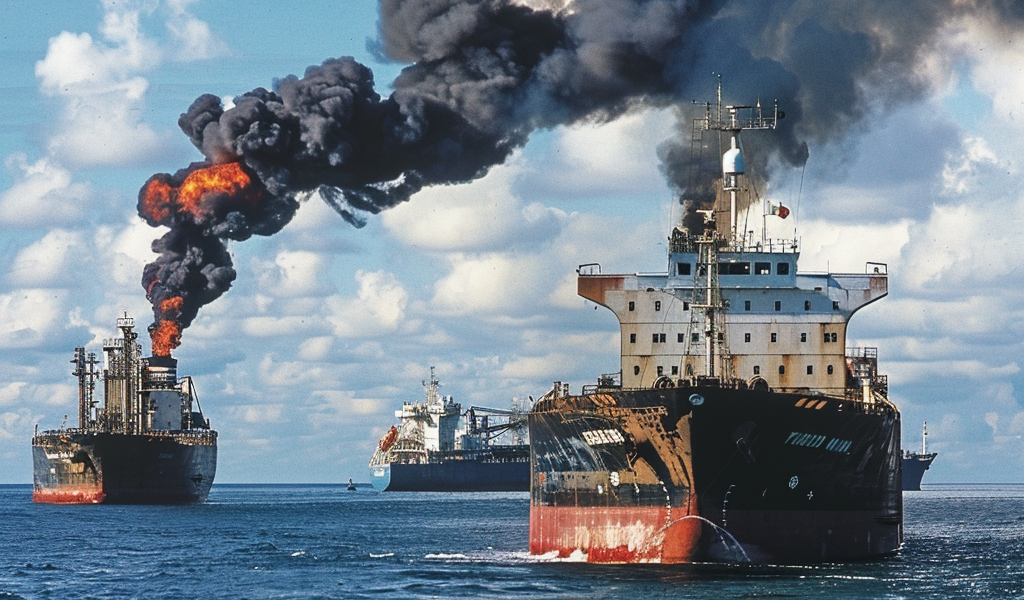February 2024 — Monthly analysis of Russian fossil fuel exports and sanctions
Russian fossil fuel revenues have seen a significant rise for the first time in three months, with export earnings from seaborne crude surging by 12% in February 2024. This increase comes after a period of decline, marking a notable shift in the country’s export revenue trends.
The rise in export revenues is attributed to a surge in the price of Russian crude oil, rather than an increase in the volume of exports. Specifically, the average price of Urals and East Siberia Pacific Ocean (ESPO) rose by 14% and 3% respectively, driving up the overall export earnings. Notably, the prices of both grades have exceeded the set price cap, with Urals prices returning to levels seen in the majority of 2023.
Despite a 3% reduction in the volume of exports, the increased export revenues indicate the resilience of Russian fossil fuel earnings in the face of market fluctuations and geopolitical challenges.
China’s total imports of crude oil decreased by 3% in February, while imports from Russia experienced only a marginal reduction of 1%. This suggests a continued demand for Russian crude oil in the Chinese market, despite the overall decrease in imports.
India, on the other hand, saw a continued decline in its crude oil imports from Russia for the third consecutive month, with a 7% reduction. This decline is attributed to ongoing issues with payments and the impact of OFAC’s sanctions, which have affected the flow of crude oil shipments to India.
Belgium’s total LNG imports in February rose by 4%, with imports from Russia experiencing a significant 44% increase. Additionally, Belgium’s re-exports of LNG surged by 81%, indicating the country’s role in transhipping Russian gas to other global markets, particularly Spain and China.
Conversely, despite a 12% rise in France’s total monthly imports of LNG, Russian LNG imports plummeted by 40%, as the country turned to LNG from the USA instead. This shift in import sources reflects the evolving dynamics of the global LNG market and the impact of geopolitical factors on trade patterns.
Notably, 45% of Russian oil and its products were transported by tankers subject to the oil price cap, while the remainder was shipped by ‘shadow’ tankers not subject to the price cap policy. This indicates the use of alternative shipping methods to bypass pricing regulations, highlighting the complexities of enforcing sanctions and trade restrictions.
The introduction of a price cap of USD 30 per barrel would have significantly impacted Russia’s revenue, potentially slashing earnings by EUR 46 billion from the time the sanctions were imposed in December 2022 until the end of February 2024. Enforcement of the price cap in February alone would have reduced earnings by 26%, amounting to EUR 3.45 billion.
Overall, the monthly analysis underscores the resilience of Russian fossil fuel exports amidst ongoing sanctions and geopolitical challenges, while also shedding light on the evolving dynamics of global energy trade and the strategies employed to navigate regulatory restrictions.





